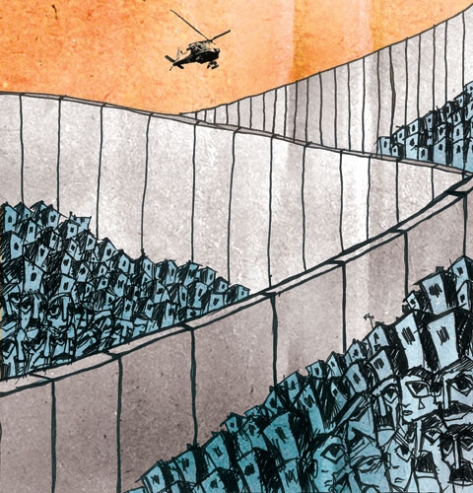Tag: Video
-
BDS campaigners cost Veolia 4.7bn in London
8 January 2013 | No 2 Veolia Action Group, London Vociferous local campaign by the No2 Veolia Action Group leads Occupation profiteer Veolia to withdraw from colossal waste management contracts. No 2 Veolia Action Group (No2VAG) are celebrating a huge victory with the withdrawal of Veolia, a multinational company complicit in Israeli violations of international law,…
-
Palestinians protest Israel’s illegal settlement policy by establishing new village “Al-Manatir” near Burin, Nablus
Update on 4 February: In what seems to be a collective punishment for last Saturday´s construction of al-Manateer neighbourhood on privately owned Palestinian land (classified as Area B, according to the Oslo Accords) in Burin, Sunday night saw the Israeli army arrest two young boys from the village. At around 8:30pm, a supposedly Palestinian ambulance…
-
Announcing 9th annual Israeli Apartheid Week (Feb-March 2013)
23 January 2013 | Apartheid Week Ninth Annual Israeli Apartheid Week (February – March 2013) We are excited to announce the upcoming 9th annual Israeli Apartheid Week (IAW) starting late February in Europe and moving to various countries through the month of March. Israeli Apartheid Week (IAW) is an annual international series of events (including rallies,…

